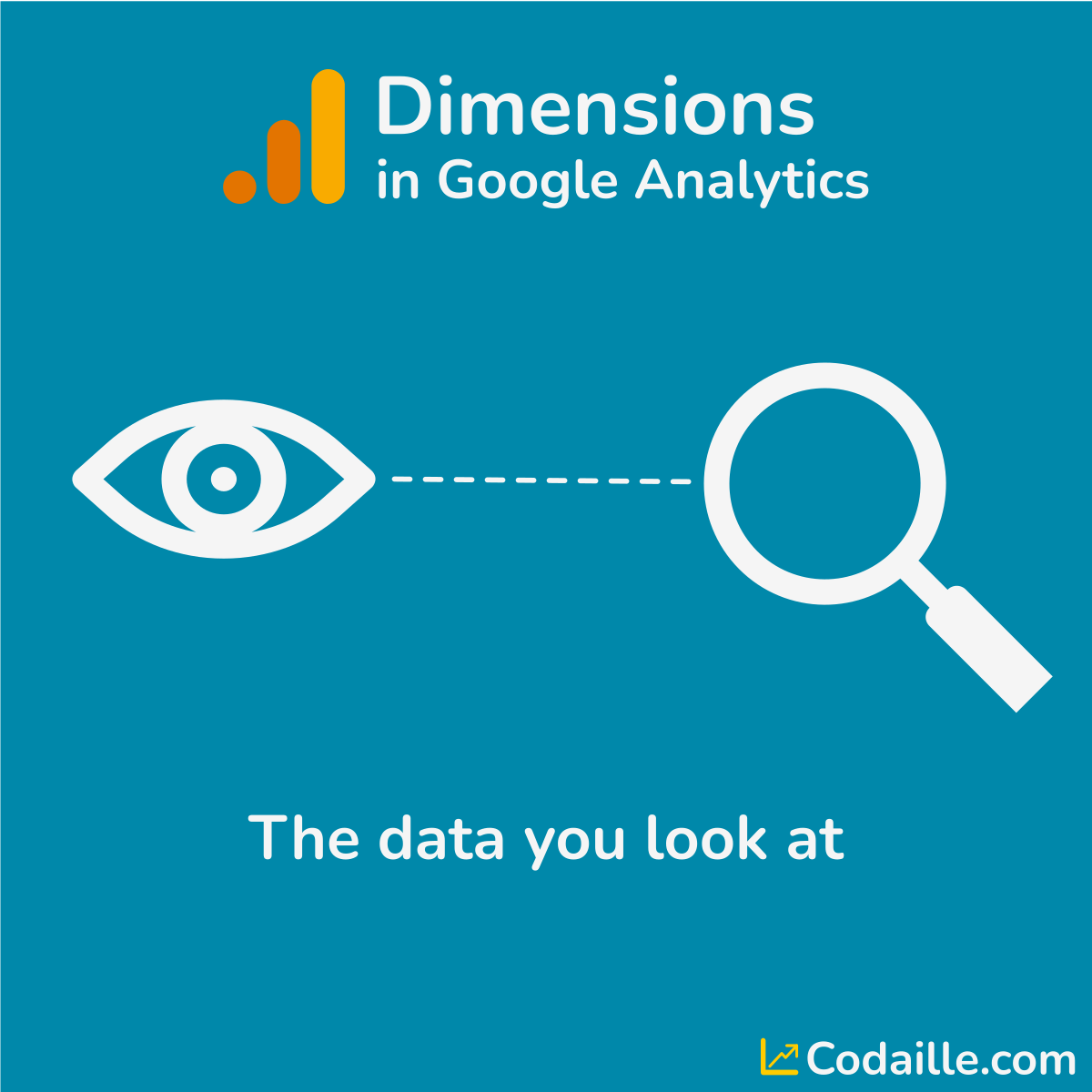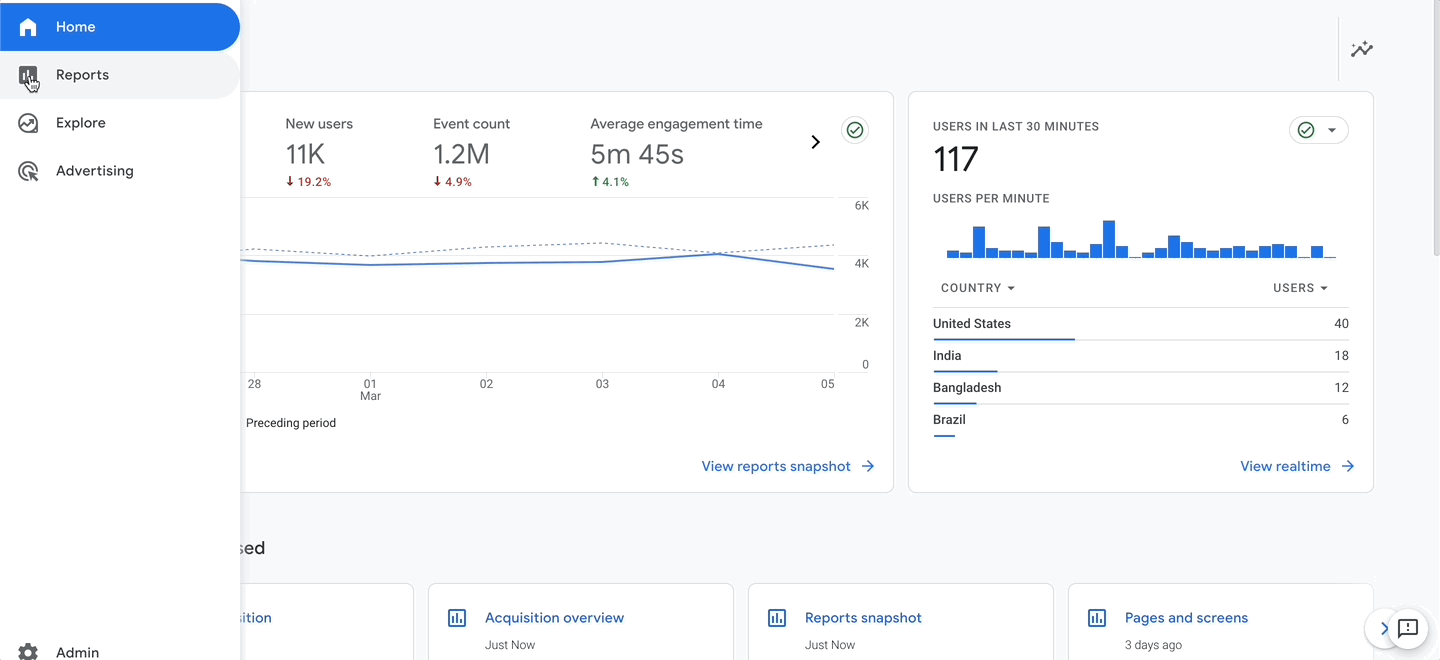Opening the Power of Second Dimension Analytics for Boosted Information Insights and Decision-Making
In the world of information analytics, key measurements usually take the limelight, however the real depth of insights lies within the world of second measurements. By taking advantage of the power of additional dimension analytics, organizations can unveil surprise fads, reveal connections, and extract more meaningful verdicts from their information.
Significance of Secondary Measurements
Discovering the relevance of additional dimensions in analytics introduces the concealed layers of information understandings important for informed decision-making in numerous domain names. Secondary measurements supply a deeper understanding of primary information by providing additional context and viewpoints. By integrating second measurements into analytics, companies can draw out more nuanced and thorough insights from their datasets.
One secret significance of second dimensions is their capacity to section and categorize primary information, allowing for a much more comprehensive evaluation of particular parts within a dataset. When looking at the data as a whole, this division allows organizations to determine patterns, fads, and outliers that might not be apparent. Additionally, secondary measurements assist in discovering correlations and reliances in between different variables, causing even more accurate forecasting and anticipating modeling.
Furthermore, secondary dimensions play a critical role in improving information visualization and coverage. By including second dimensions to visualizations, such as graphs or charts, experts can develop extra insightful and interesting depictions of information, promoting better communication of findings to stakeholders. In general, the combination of additional dimensions in analytics is critical in opening the full capacity of data and driving evidence-based decision-making.
Secret Benefits of Using Additional Dimensions
Utilizing secondary dimensions in analytics offers organizations a strategic benefit by augmenting the deepness and granularity of information understandings. One crucial benefit of integrating secondary dimensions is the ability to sector and filter information, permitting a much more comprehensive analysis of specific facets within a dataset. This division allows organizations to gain a more nuanced understanding of their target market, efficiency metrics, and other essential data factors. By exploring data using second measurements such as time, location, device kind, or individual demographics, organizations can reveal patterns, fads, and connections that may or else continue to be concealed.
Furthermore, the use of second dimensions enhances the context in which main information is analyzed. By leveraging second dimensions in analytics, organizations can harness the full capacity of their information to drive far better decision-making and attain their business objectives.
Advanced Data Analysis Methods
A deep dive right into innovative information evaluation strategies reveals sophisticated methods for extracting important insights from complicated datasets. One such method is maker discovering, where formulas are utilized to determine patterns within information, anticipate results, and make data-driven decisions. This technique enables the automation of analytical model building, enabling the processing of huge quantities of information at a quicker speed than conventional techniques.
Another advanced technique is anticipating analytics, which makes use of analytical algorithms and artificial intelligence techniques to forecast future outcomes based upon historic data. By examining patterns and fads, organizations can prepare for consumer habits, market trends, and possible threats, find out this here equipping them to make positive choices.
Additionally, text mining and sentiment evaluation are useful methods for extracting understandings from disorganized data resources such as social media sites comments, customer testimonials, and study reactions. By analyzing message information, organizations can understand consumer viewpoints, identify arising trends, and enhance their solutions or products based upon comments.
Enhancing Decision-Making Via Additional Dimensions

Enhancing decision-making why not check here through additional measurements that site enables services to make even more informed and targeted calculated selections. As an example, by segmenting client information based on additional measurements like acquiring history or interaction degrees, companies can tailor their advertising approaches to specific audience sections, bring about improved conversion rates and client contentment. In addition, second measurements can aid recognize correlations and relationships between various variables, making it possible for companies to make data-driven choices that drive development and productivity.
Carrying Out Additional Dimension Analytics
When incorporating secondary measurements in analytics, companies can unlock deeper understandings that drive critical decision-making and improve general performance. Implementing second measurement analytics needs a structured strategy to make certain efficient usage of this powerful device. The very first step is to recognize the crucial metrics and dimensions that align with the company's tactical goals. This requires comprehending the specific inquiries the organization looks for to respond to and the data factors needed to resolve them.

Additionally, companies should take advantage of progressed analytics tools and innovations to streamline the process of including secondary dimensions. These devices can automate information processing, evaluation, and visualization, permitting organizations to concentrate on analyzing insights instead of hands-on information manipulation.
Final Thought
In verdict, second measurement analytics play a critical duty in boosting information understandings and decision-making procedures. By using sophisticated data analysis techniques and executing secondary dimensions effectively, companies can open the power of their information to drive tactical company decisions.
In the realm of information analytics, key dimensions typically take the spotlight, but the real deepness of insights lies within the world of second dimensions.Utilizing secondary measurements in analytics uses organizations a tactical advantage by boosting the deepness and granularity of data insights. By leveraging second measurements in analytics, organizations can harness the complete capacity of their information to drive better decision-making and achieve their service purposes.
Applying data validation procedures and normal audits can aid keep data quality and integrity.
By using advanced information analysis strategies and executing second dimensions effectively, companies can unlock the power of their information to drive strategic organization decisions.